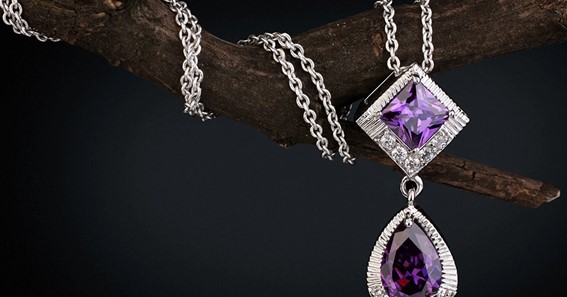Most product photography requires some retouching before the image can be used. It is because blemishes on the actual product are not noticeable to the naked eye. However, once the product is photographed, these blemishes become visible if one zooms it. With metal products, such as jewellery pieces, photographers have to contend with reflections as well.
Photo clipping/editing is especially significant for the jewellery business. In the jewellery business, visual grace is extremely important. For the jewellery to stand out, they need to be presented in the best possible form.
Photoshop provides several easy-to-use tools to retouch/edit images. But before delving into the tools, it would be good to understand the types of editing tools commonly used in product photography. Typically, photoshop tools used for retouching are of two types:
- Standard tools: When used, these tools impact the whole image – the common ones being brightness, contrast, etc.
- Brush-based tools: These tools allow editing of specific portions of the image while leaving the rest of it intact. Therefore, Brush-based tools provide greater control than the standard tools over the areas to be edited.
The use of the tools is quite intuitive, and one gains proficiency through repeated use of them. However, several professional agencies also provide photo clipping services. The services of such agencies can be availed of for specialized editing work.
The eight most common and easy to use photo editing tools in photoshop, which can be used to edit jewellery images, include:
- Spot healing
It is the most widely used brush-based retouching tool in photoshop. An example of its typical application can be the editing of pearls’ photographs, as it is unlikely that one will find perfect natural pearls. The spot healing brush enables any minor imperfections in the pearls to be fixed.
- Duplication for consistency
This tool is often used while photographing jewellery that comes in pairs. Take the example of earrings – if the earrings do not contain natural gems like pearls, there is no requirement to photograph both the earrings. Only one can be photographed, and then it can be duplicated to make the pair.
- Smudge effect
This brush-based tool is used for smudging colours in a specific part of the product image. For example, if there is a reflection of light in a piece of jewellery, this tool can smudge it to produce a gradient shine.
- Clone stamping
As the name implies, this tool copies a particular part of the image and pastes it onto another part. Consider an example of a piece of jewellery having multiple pearls. If one of the pearls has a lesser shine than the rest, the one with more shine can be ‘cloned’ and used to replace the pearl(s) with the lesser shine.
- Brightness/contrast tool
This is probably the best-known and most commonly used photo editing tool. The ‘brightness’ tool brightens the entire image. On the other hand, the ‘contrast’ tool is used to contrast the lighter portions of the image to make the colours stand out.
- Dodging
This tool lightens only specific portions of the image. This tool can be likened to brightness control, with the difference being that the tool lets you control the portions of the image that will get brighter.
- Burning
This tool produces the opposite effect of dodging. It is used to darken specified portions of the image. Dodge and burn tools are especially powerful for product photography. These tools help edit specific parts of the image without affecting the other parts.
- Hue/Saturation
This tool is used to change the colour of an image. One can also use this tool to change colours in only specific parts of the picture. For example, in a piece of jewellery with multiple stones, different stones can be given different colours to enhance overall appeal and aesthetics.
End Note
Photoshop is a powerful tool in the hands of a capable editor. Many of its tools and features are simple and intuitive to use. The application has been so designed that most brush-based tools are pretty similar to use. Once the tool is selected, one just has to choose the brush size and start editing the image. To learn the use of the tools, one can initially begin with the default settings. With time, one can graduate to more specialized settings.
In Photoshop, predefined tasks are available in batches to fix the most common issues that arise during retouching. One can easily retouch issues related to overexposure, skin softening, adding vintage effects, sepia tone, a bleached effect, etc.
For high-quality jewellery pictures, services can also be availed of professional jewellery photo clipping services. Professional image editing agencies deliver quick services and good quality to make your product stand out from the competition.







